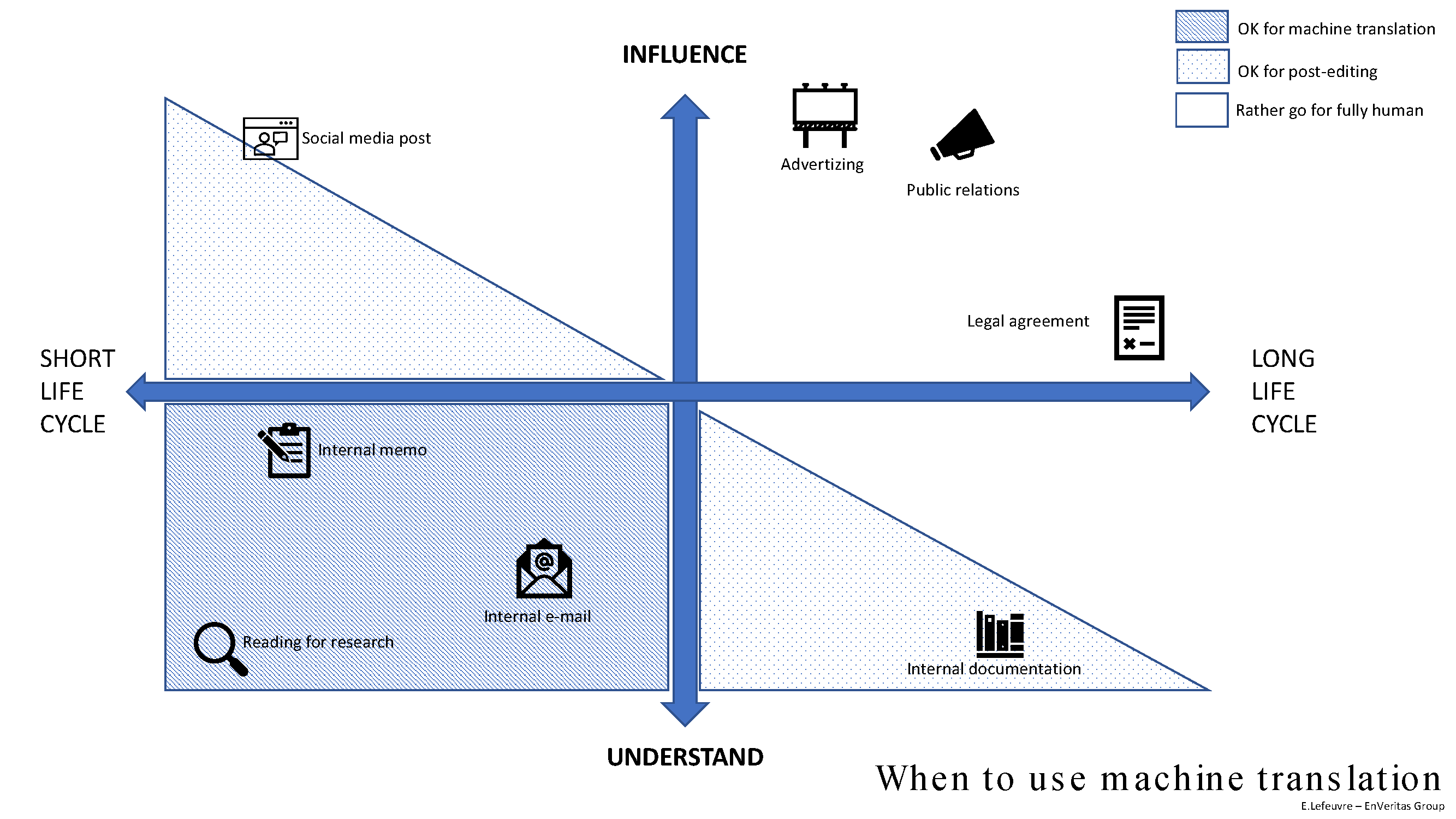Search Engines Tags, Attributes, Commands and Suggestions: 301 Redirects, “nofollow” and “noindex”
Part 2
Previously, I talked about using robots.txt files and canonicalization to direct search engines around your website. Now, let’s finish the discussion with 301 redirects and noindex/nofollow tags.
1. 301 Redirect
This is probably the one you’re most familiar with. A 301 is a status a server responds with that sends search engines and users to a new page if an old one is no longer preferred, passing the value of the established URL to the newly created URL. It is a permanent move, so use it carefully. Why use a 301? Maybe your site moved and URLs changed. Maybe your page has been expired. Or, maybe you have multiple versions of the same page. You can use a 301 redirect in all these cases. Either way, you don’t want to lose the value of the page that is expired, moved, or non-preferred.
You can set up 301 redirects using your server’s .htaccess file, but if your CMS allows you to download a plugin, you can set them up very easily by entering the “old” and “new” URLs. WordPress has a redirection plugin specifically for this. Here are some pretty technical instructions (scroll down to find the “RedirectPermanent Directive.”)
Note: A 302 redirect is a temporary redirect and shouldn’t be used very often. There’s rarely a good time to use a 302. One example of when you might use one is for a product that is temporarily out of stock. You could redirect someone to a category page for the time while the product isn’t available. Again, it’s not ideal, but it would work.
2. “nofollow” and “noindex”
These are similar, so I’ll combine the two. You normally just refer to them as “no follow” and “no index.”
A search engine will crawl (or read) a webpage, follow the links on that page, and index that page in search results unless directed NOT to crawl it (by a robots.txt file). There are some pages that you wouldn’t want a search engine to crawl; for example, a terms and conditions page, the results page of a quiz or a “thanks for playing” page of a game.
Then you use these tags. You simple add them to the <head> section of your page:
<meta name=”robots” content=”noindex”>
<meta name=”robots” content=”nofollow”>
Or combine them: <meta name=”robots” content=”noindex, nofollow”>
The no index tag tells a search engine not to include that page in search results. The no follow tag tells the search engine not to follow and pass value to links on that page.
Tools you should be using:
I’m planning upcoming blogs on each of these, but in the meantime, here are some tools you should use (they’re free!):
- Webmaster Tools: Set up robots.txt files, submit sitemaps, receive messages from Google about your website, and see what’s going on behind the scenes of your website.
- Screaming Frog: Run a report on any website to see which URLs are actually being seen by search engines (you’ll be surprised), and easily get a list of 404 errors found on your website.
- Open Site Explorer: Find out what sites are linking to yours
Enjoyed this post? Read more by Laura here.
Laura Lee – Account Manager



